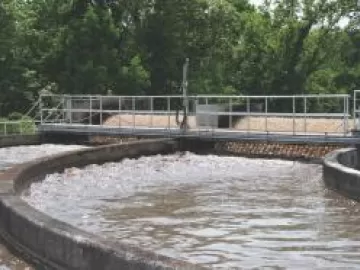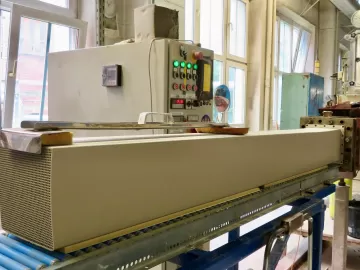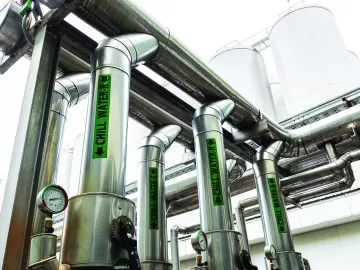Technology

Word is beginning to filter out about the 2022 changes to the ASHRAE 90.1 energy efficiency standard, and the changes it promises to bring to how compressed air systems are specified, commissioned and maintained. More specifically, the industry is learning about section 10.4.6 of 90.1, which is the first time the standard has included a section on compressed air.
[ Read Full Story ]
Types of Compressed Air Dryers Part 3 –Heat of Compression, Single-Tower Deliquescent and Membrane Type Dryers
[ Read Full Story ]
Optimizing Centrifugal Compressors at a Glass Bottling Plant
[ Read Full Story ]
Types of Compressed Air Dryers Part 2: Refrigerant and Regenerative Desiccant
[ Read Full Story ]
Energy Savings Result from Compressed Air Dryer Selection
[ Read Full Story ]
Your Air Compressor May Be Smarter Than You Think
[ Read Full Story ]
Machine Builders Optimize Pneumatic Circuit Tubing Volumes
[ Read Full Story ]
Why Do Compressed Air Systems Need Drying?
[ Read Full Story ]
Air System Pressure Influences Compressor Power - Part 3: The Influence of System Pressure on Compressed Air Demand
[ Read Full Story ]
A Compressed Air & Gas Institute Session - Heat Recovery from Industrial Compressed Air Systems
[ Read Full Story ]











